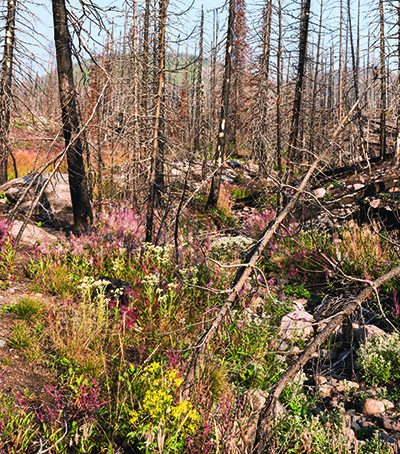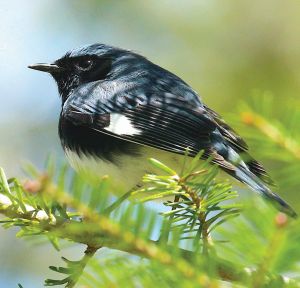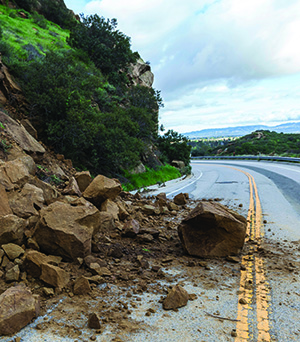A McIntire-Stennis supported project

PROJECT
The development of modern engineered wood products has presented an opportunity to use more sustainable building materials in construction projects. Products like cross-laminated panels (CLT) and glulam (GL) have proven to be a more environmentally-friendly option than traditional construction materials like steel and concrete – and global demand for these products has increased as people look for ways to mitigate climate change.
However, in order to seize the opportunity to leverage these products on a larger-scale, it is crucial to evaluate their performance and their suitability for use in buildings. This assessment should involve observing their behavior in full-scale scenarios and real-world buildings to evaluate their durability and structural integrity over time.
Oregon State University Associate Professor Mariapaola Riggio is researching the constructive features and environmental performance of mass timber products to gain a deeper understanding of their effective use in constructing durable and eco-friendly buildings.
Riggio is specifically looking at how mass timber systems handle a variety of hydrothermal conditions, like wood moisture content, air humidity, and temperature, to see whether the long-term behavior of the materials and buildings is affected by different conditions. For this purpose, Riggio has been monitoring crucial parameters such as the wetting and drying behavior of mass timber products, time-dependent deformations of mass timber systems under varying climatic conditions, and vibrational behavior of mass timber floors, during various stages of a building’s life, from construction to occupancy. Riggio uses case-study sites in the U.S., alongside laboratory work, to conduct this research.
This research equips wood products manufacturers and designers with key data and information that they can use to design and produce innovative, high-performing mass timber buildings.
IMPACT
There’s a huge economic opportunity in mass timber – but there needs to be greater confidence in the use of these products to fully explore that opportunity. This research project helps provide valuable insights about the safe, durable, and efficient use of emerging mass timber systems so there is a better understanding and greater confidence about the long-term performance of CLT panels and mass timber buildings.
About McIntire-Stennis
The McIntire-Stennis program, a unique federal-state partnership, cultivates and delivers forestry and natural resource innovations for a better future. By advancing research and education that increases the understanding of emerging challenges and fosters the development of relevant solutions, the McIntire-Stennis program has ensured healthy resilient forests and communities and an exceptional natural resources workforce since 1962.








